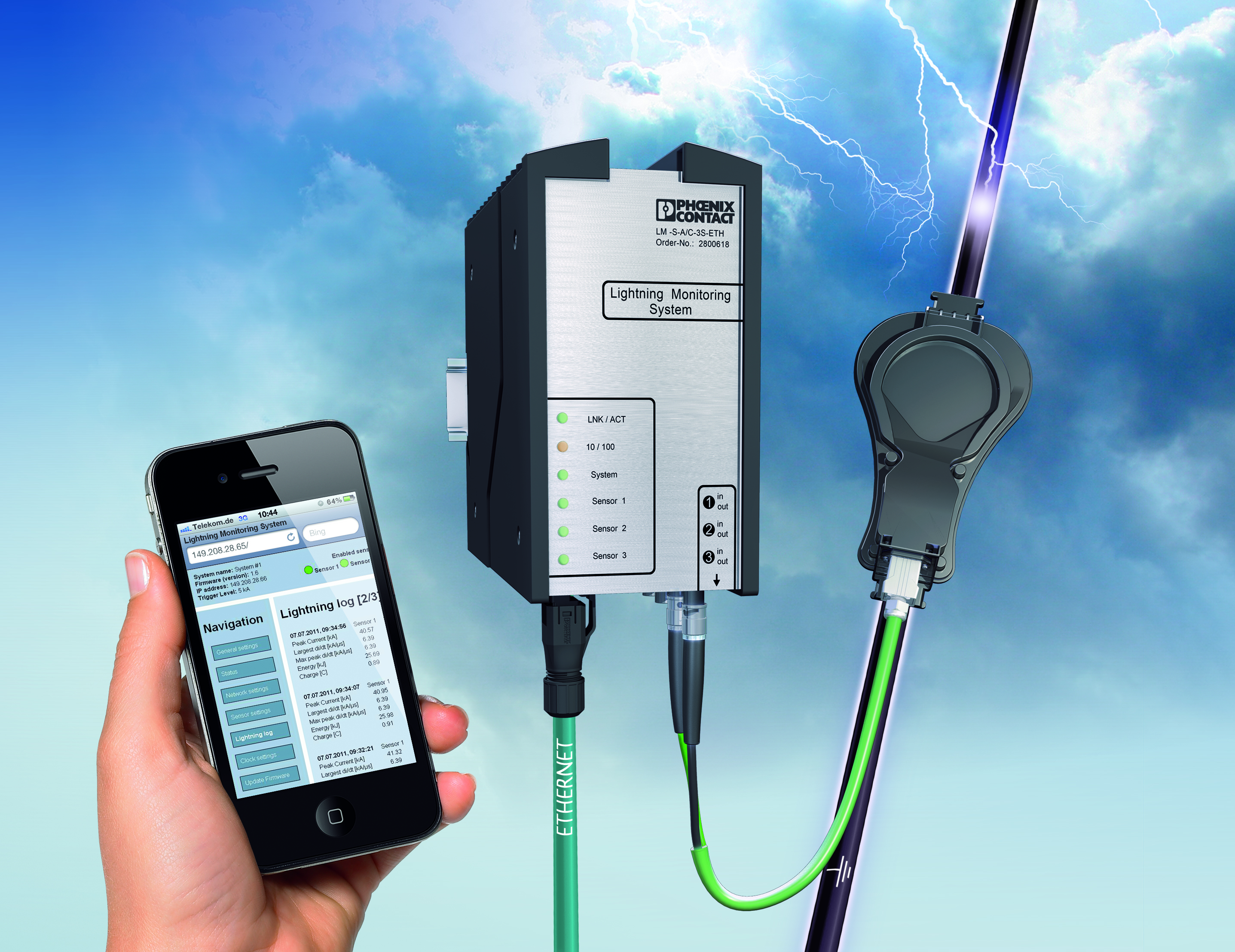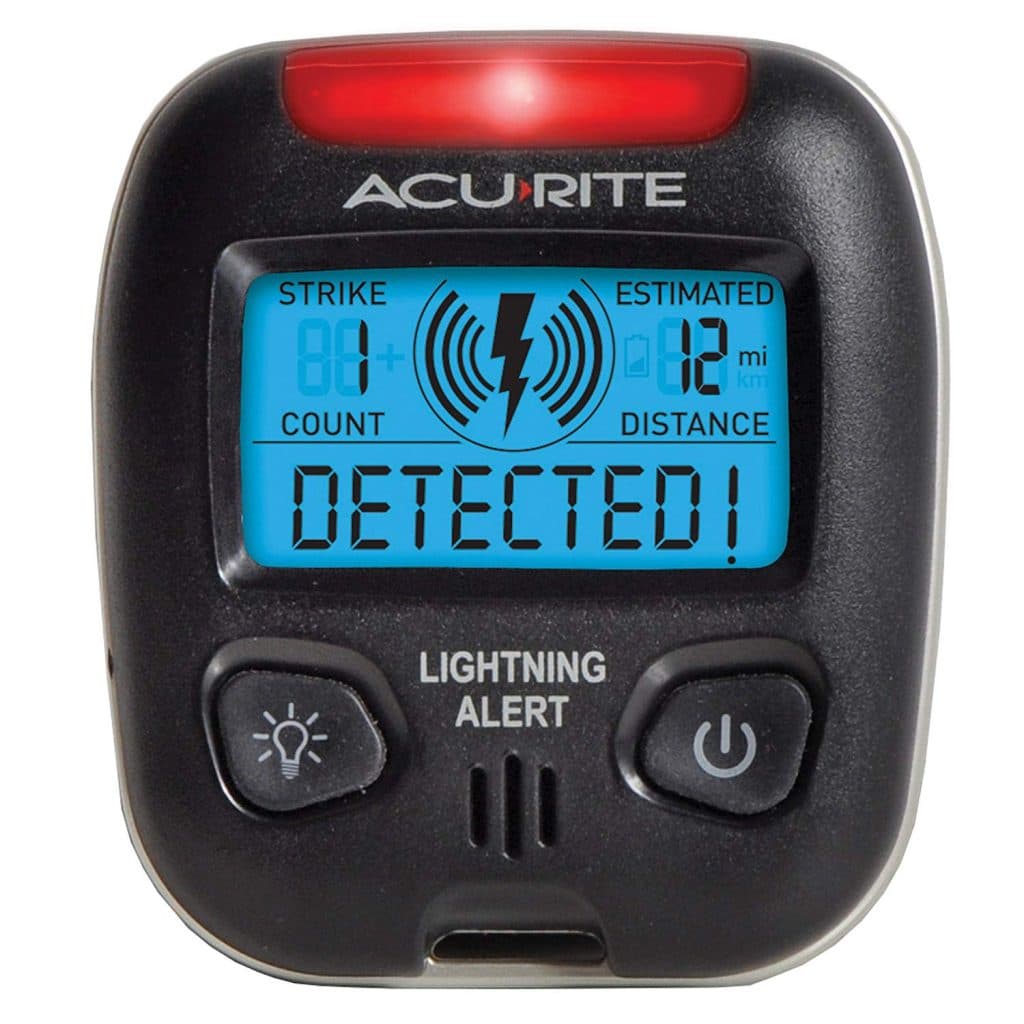Reference




OpenAI's Answer
Devices and methods used to detect and monitor lightning include:
-
Ground-Based Systems: These use multiple antennas to triangulate lightning strike locations. They are highly effective for pinpointing cloud-to-ground lightning, which is crucial for real-time meteorological data. Networks like the National Lightning Detection Network (NLDN) in the U.S. utilize these systems (source).
-
Mobile Systems: These typically involve a direction and a sense antenna in a single location, often aboard aircraft. This allows for detection of lightning in various atmospheric conditions (source).
-
Space-Based Systems: Satellites equipped with instruments like the Geostationary Lightning Mapper (GLM) monitor both in-cloud and cloud-to-ground lightning over large areas. They track lightning continuously, day and night, using optical emissions detected from space (source).
-
Lightning Mapping Arrays: These advanced systems use a network of sensors to measure lightning discharges across three dimensions, improving the accuracy and depth of monitoring (source).
These systems together form comprehensive networks for monitoring and studying lightning activity worldwide.
